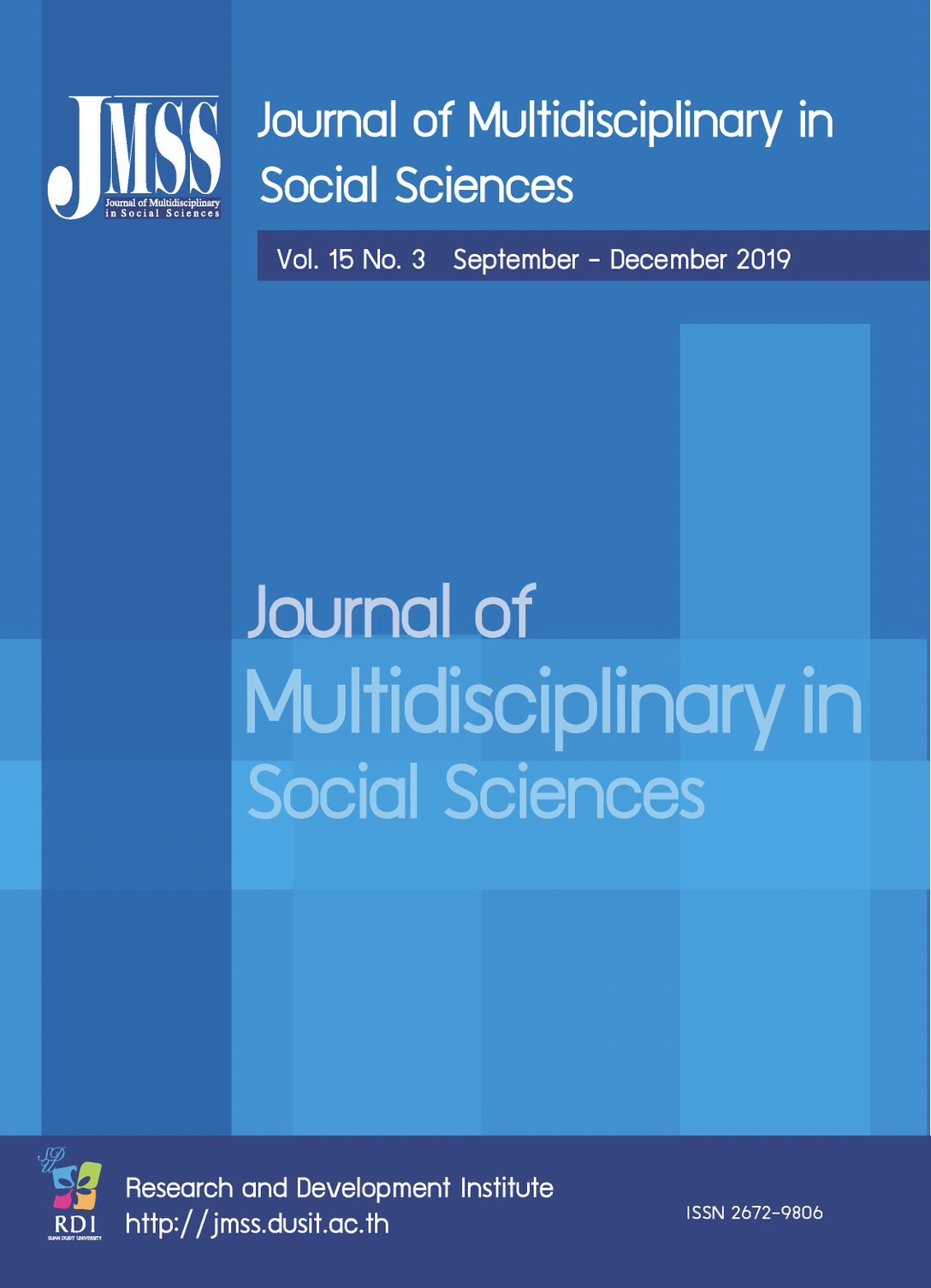Tracing Teachers’ Technology Use in Classrooms: Alternative Measurement for Classroom Scale
Keywords:
Technology Use In Classroom Scale, Technology Implementation, Confirmatory Factor AnalysisAbstract
The exponential speed of new technological developments such as Internet of Things, artificial intelligence and 3-D Printing has resulted in a greater urgency on preparing teachers to use technology in classrooms. This research developed a measurement tool for use of technology in classrooms and then examined the instrument quality by determining the validity and reliability. The Technology Use in Classroom Scale confirmed four dimensions of teachers use of technology, with a specific emphasis on the multidimensional nature of teachers’ actual technology usage in instructional purposes: Technology for learning support, Technology in learning activities, Specific technology, and Communication technology. The 66-item instrument that resulted was based on theories and methodologies identified by the literature review. Online survey data collected from 623 K-12 teachers were analyzed using descriptive statistics, reliability and Confirmatory factor analysis (CFA) was conducted and the model fit are discussed. The results are as follows: (1) the Cronbach’s alpha reliability estimate of 4 sub-tests ranged from 0.668 to 0.918. (2) In CFA results, the model was consistent with the empirical data. The model validation of the best fitted model. (Chi-square = 33.779, df = 22, p = 0.052, RMSEA = 0.029, CFI = 0.997, TLI = 0.993, SRMR = 0.013). Through the results from CFA, this study shows significantly acceptable model fits and suggests the feasibility of the development of Technology Use in Classroom Scale to a teacher population with relatively good construct validity and internal consistency.
References
Ahadzadeh, A. S., Sharif, S. P., Ong, F. S., & Khong, K. W. (2015). Integrating health belief model and technology acceptance model: an investigation of health-related internet use. Journal of medical Internet research, 17(2), e45.
Aldunate, R., & Nussbaum, M. (2013). Teacher adoption of technology. Computers in Human Behavior, 29(3), 519-524.
Baller, S., Dutta, S., & Lanvin, B. (2016). Insight Report, The Global Information Technology Report 2016: Innovating in the Digital Economy. Geneva: World Economic Forum.
Bebell, D., Russell, M., & O’Dwyer, L. (2004). Measuring teachers’ technology uses: Why multiple-measures are more revealing. Journal of Research on Technology in Education, 37(1), 45-63.
Becker, H. J. (1994). How examplary computer-using teachers differ from other teachers: Implications for realizing the potential of computers in schools. Journal of Research on Computing in Education, 26(3), 291–321.
Bentler, P. M., & Chou, C. P. (1987). Practical issues in structural modeling. Sociological Methods & Research, 16(1), 78-117.
Chen, R. J. (2010). Investigating models for preservice teachers’ use of technology to support student-centered learning. Computers & Education, 55(1), 32-42.
Cviko, A., McKenney, S., & Voogt, J. (2014). Teacher roles in designing technology-rich learning activities for early literacy: A cross-case analysis. Computers & education, 72, 68-79.
Drent, M., & Meelissen, M. (2008). Which factors obstruct or stimulate teacher educators to use ICT innovatively?. Computers & Education, 51(1), 187-199.
Ertmer, P. A. (2005). Teacher pedagogical beliefs: The final frontier in our quest for technology integration?. Educational technology research and development, 53(4), 25-39.
Hogarty, K., & Kromrey, J. (2000). The nature of technology use in Classrooms: The development and validation of an instrument to measure teachers' perceptions. In annual Meeting of the Florida Educational Research Association (FERA), Tallahassee, Florida.
Hyun, E., & Davis, G. (2005). Kindergartners’ conversations in a computer-based technology classroom. Communication education, 54(2), 118-135.
Livingstone, S. (2012). Critical reflections on the benefits of ICT in education. Oxford review of education, 38(1), 9-24.
Mama, M., & Hennessy, S. (2013). Developing a typology of teacher beliefs and practices concerning classroom use of ICT. Computers & Education, 68, 380-387.
Rakes, G. C., Fields, V. S., & Cox, K. E. (2006). The influence of teachers’ technology use on instructional practices. Journal of Research on Technology in Education, 38(4), 409-424.
Russell, M., O’Dwyer, L., Bebell, D., & Miranda, H. (2004). Technical report for the USEIT study. Boston, MA: Boston College, Technology and Assessment Study Collaborative.
Teo, T. (2015). Comparing pre-service and in-service teachers' acceptance of technology: Assessment of measurement invariance and latent mean differences. Computers & Education, 83, 22-31.
Teo, T., & Zhou, M. (2017). The influence of teachers’ conceptions of teaching and learning on their technology acceptance. Interactive Learning Environments, 25(4), 513-527.
Tracey, D. H., & Young, J. W. (2007). Technology and early literacy: The impact of an integrated learning system on high-risk kindergartners' achievement. Reading Psychology, 28(5), 443-467.
Downloads
Published
How to Cite
Issue
Section
License

This work is licensed under a Creative Commons Attribution-NonCommercial-NoDerivatives 4.0 International License.








